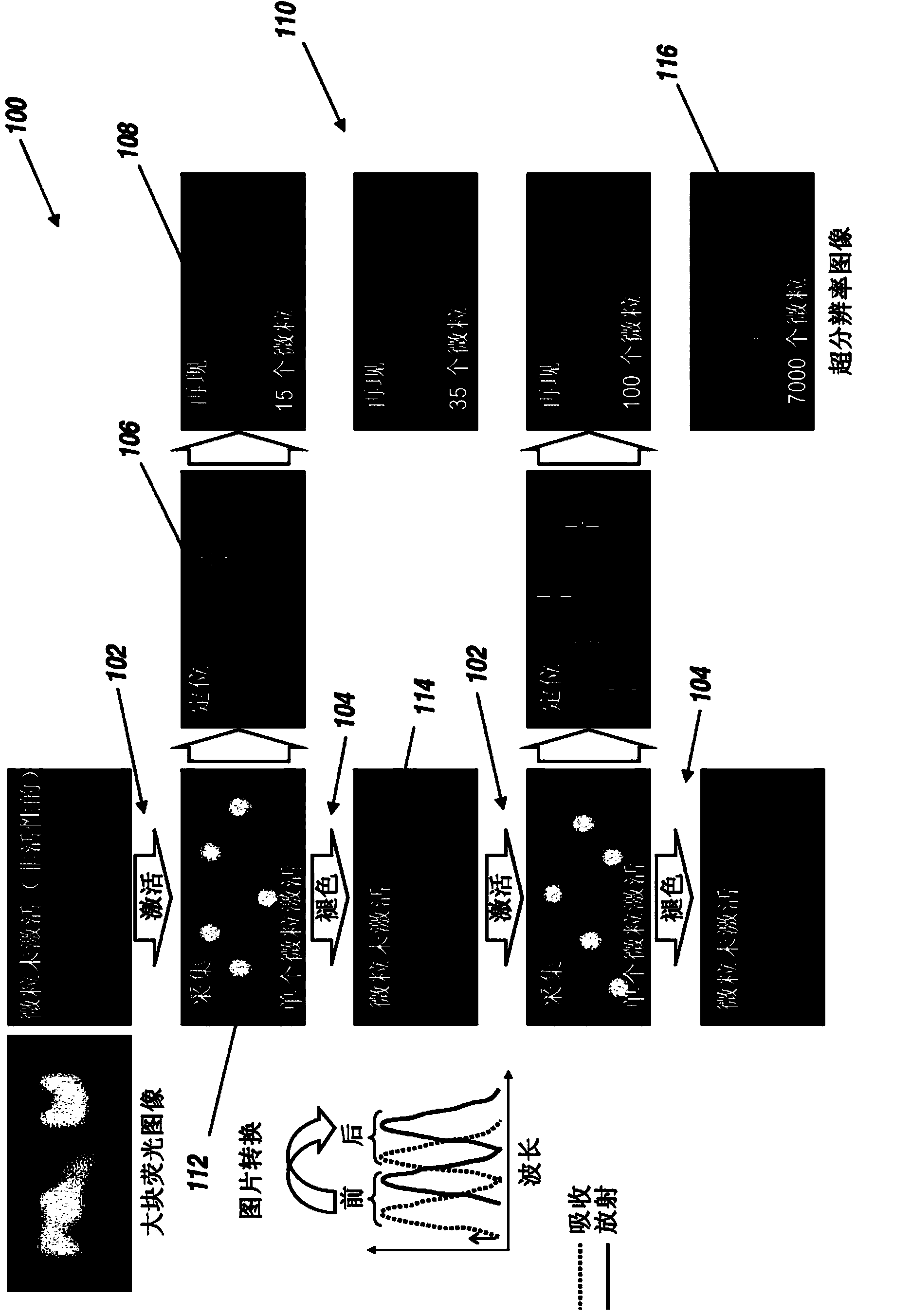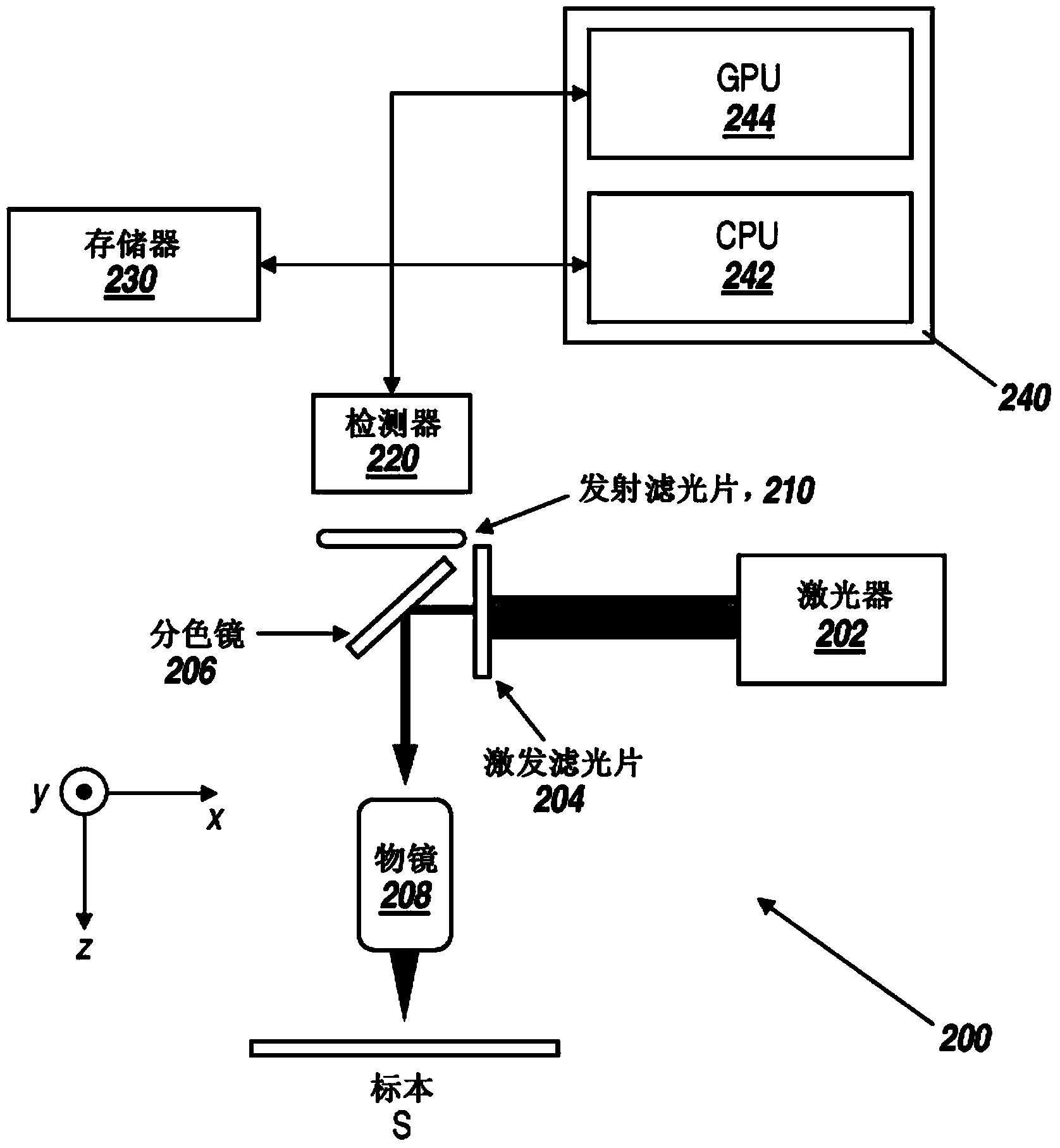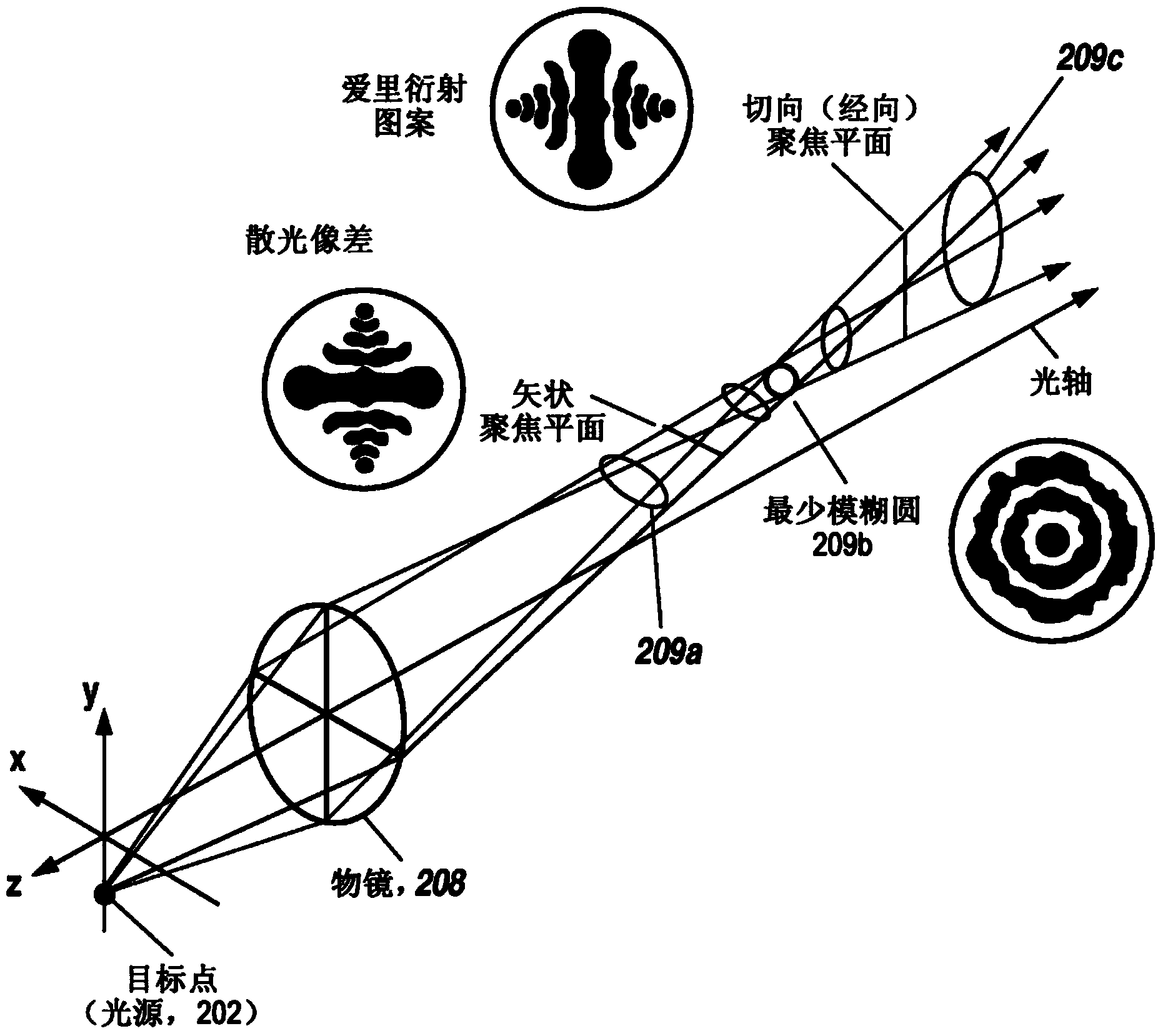Method and apparatus for single-particle localization using wavelet analysis
A particle, peacekeeping technology, applied in the direction of analyzing materials, image analysis, measuring devices, etc., can solve problems such as reducing calculation time
- Summary
- Abstract
- Description
- Claims
- Application Information
AI Technical Summary
Problems solved by technology
Method used
Image
Examples
Embodiment Construction
[0036] Wavelet segmentation for particle detection and centroid localization addresses limitations due to time-consuming data analysis. The devices and techniques of the present invention can be used for single-particle imaging, super-resolution imaging, particle tracking, and / or to manipulate fluorescent particles, including but not limited to biological cells, molecules (e.g., fluorescent proteins), organic fluorophores, Quantum dots, carbon nanotubes, diamond, metal or dielectric beads, and particles labeled with fluorophores. There are at least two advantages to this wavelet method: its processing time is more than an order of magnitude faster than methods involving two-dimensional (2D) Gaussian fitting; and its good localization accuracy can approach nanometer scale. In addition, 2D wavelet localization can be used with additional fitting techniques to provide real-time or near real-time three-dimensional (3D) localization.
[0037] Single-particle, wavelet-based localiz...
PUM
 Login to View More
Login to View More Abstract
Description
Claims
Application Information
 Login to View More
Login to View More - R&D
- Intellectual Property
- Life Sciences
- Materials
- Tech Scout
- Unparalleled Data Quality
- Higher Quality Content
- 60% Fewer Hallucinations
Browse by: Latest US Patents, China's latest patents, Technical Efficacy Thesaurus, Application Domain, Technology Topic, Popular Technical Reports.
© 2025 PatSnap. All rights reserved.Legal|Privacy policy|Modern Slavery Act Transparency Statement|Sitemap|About US| Contact US: help@patsnap.com



